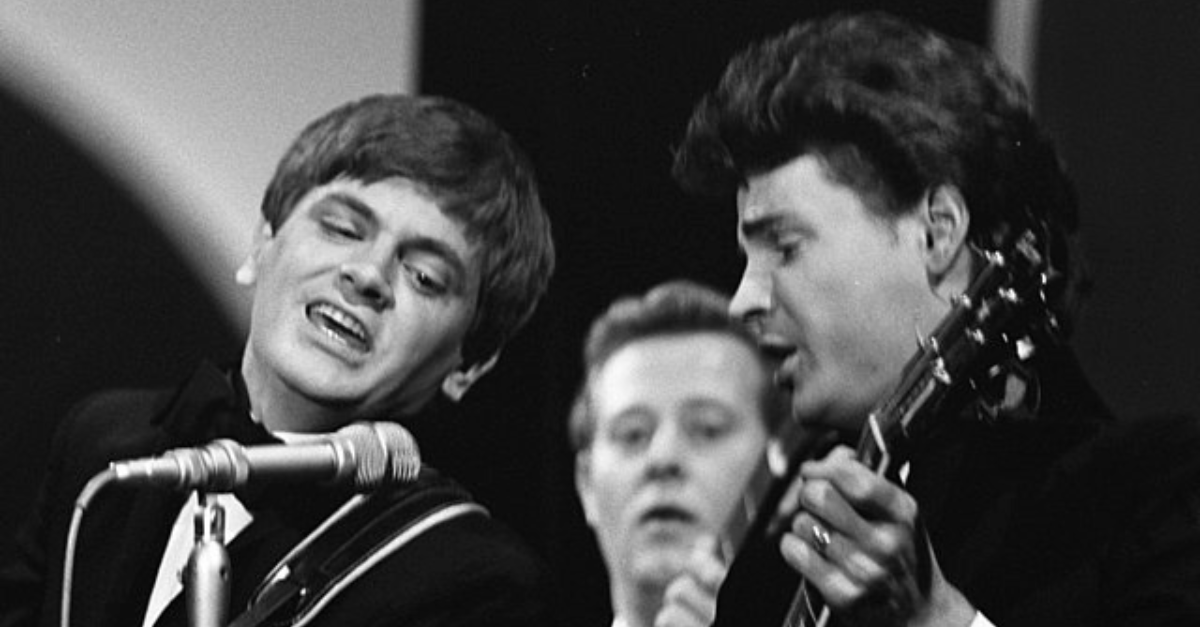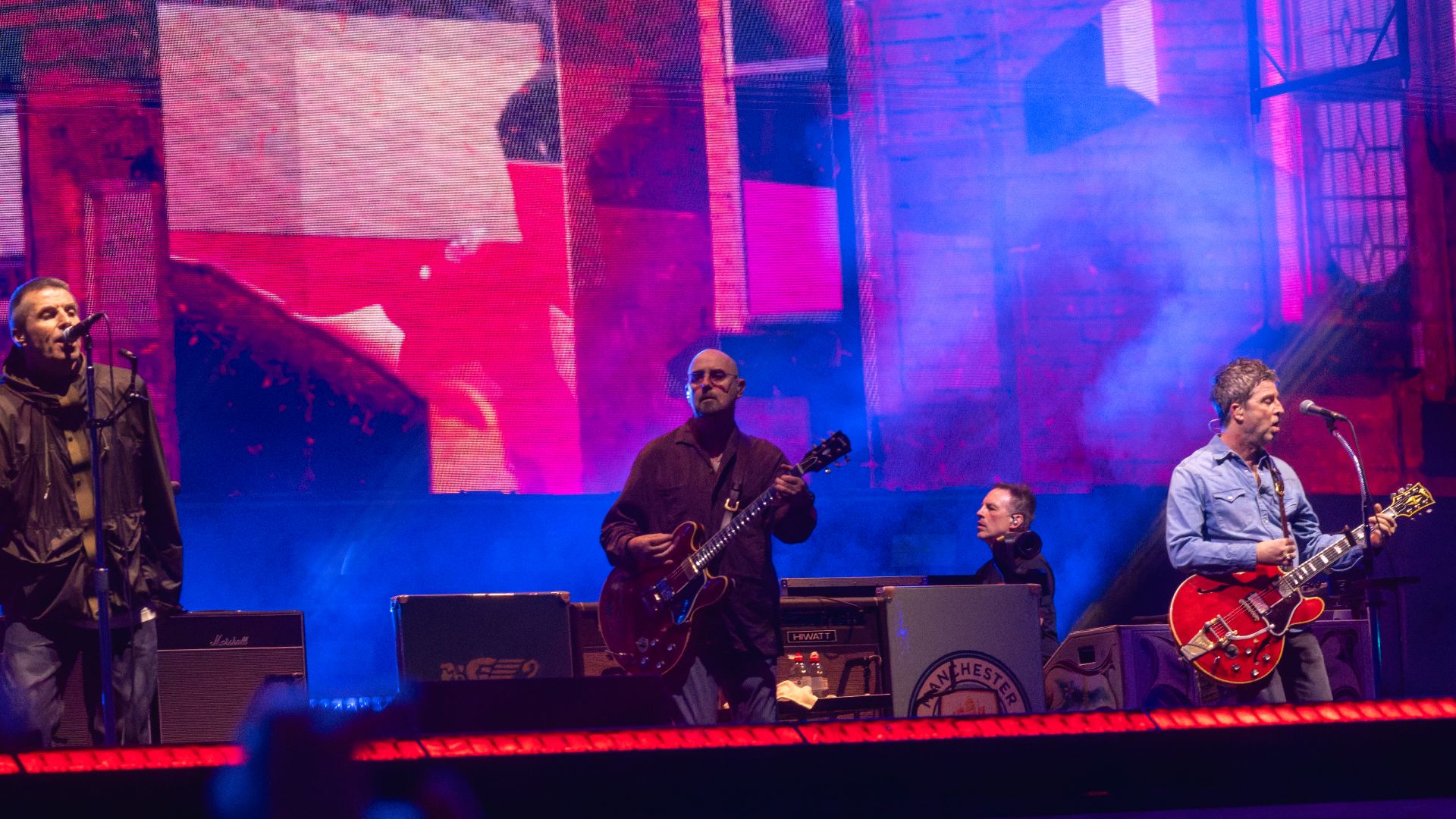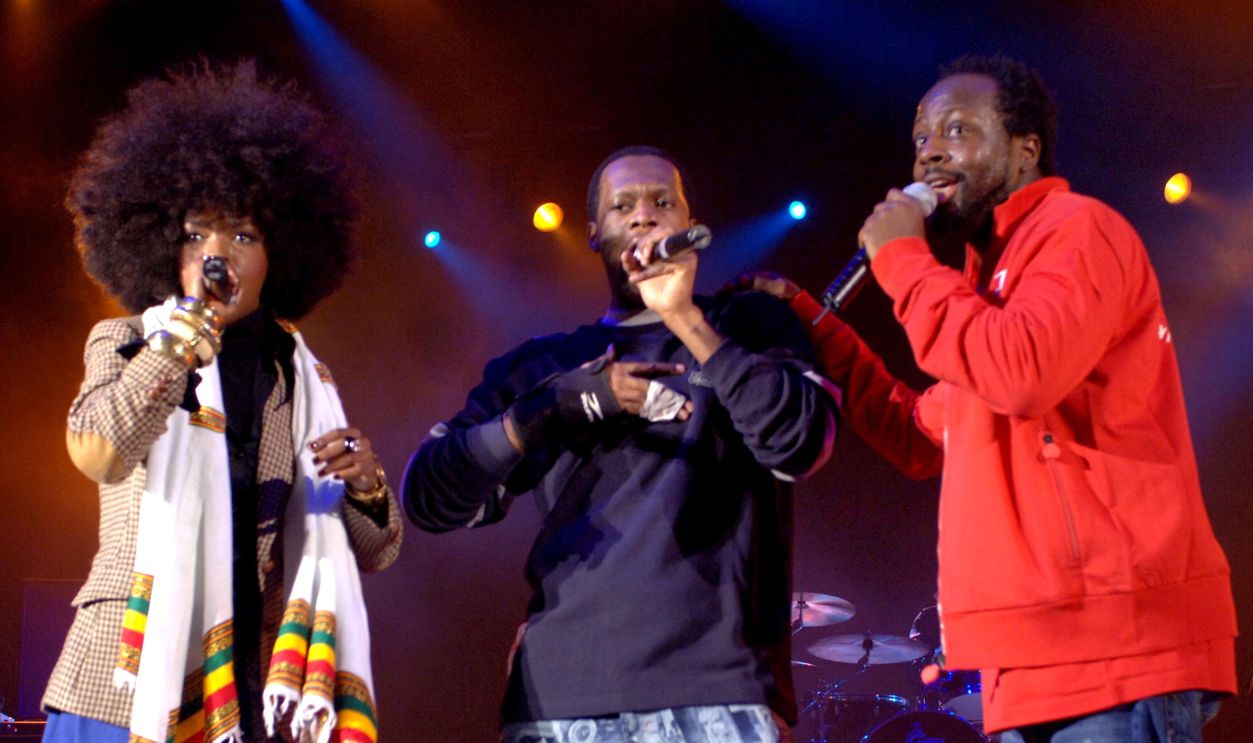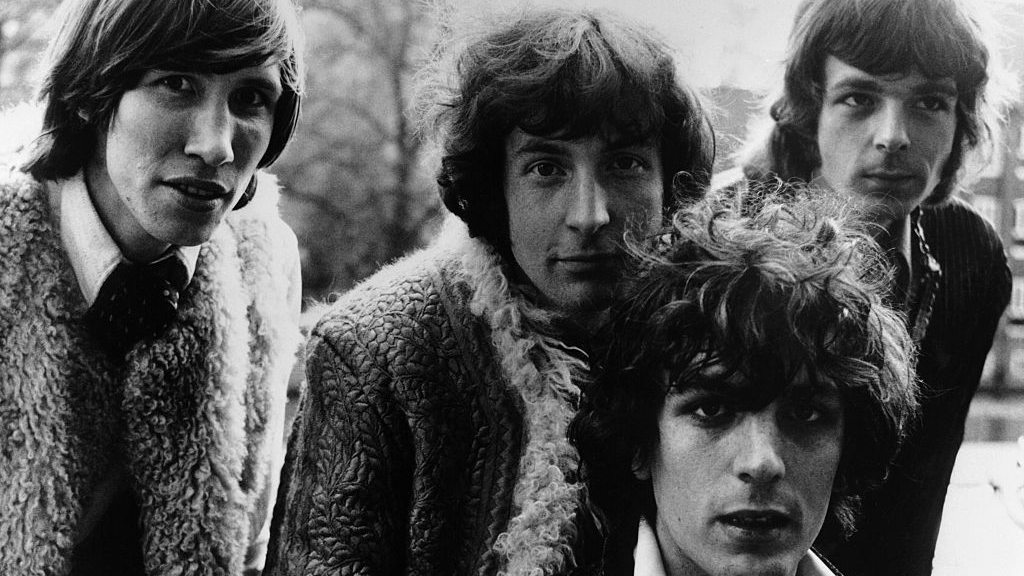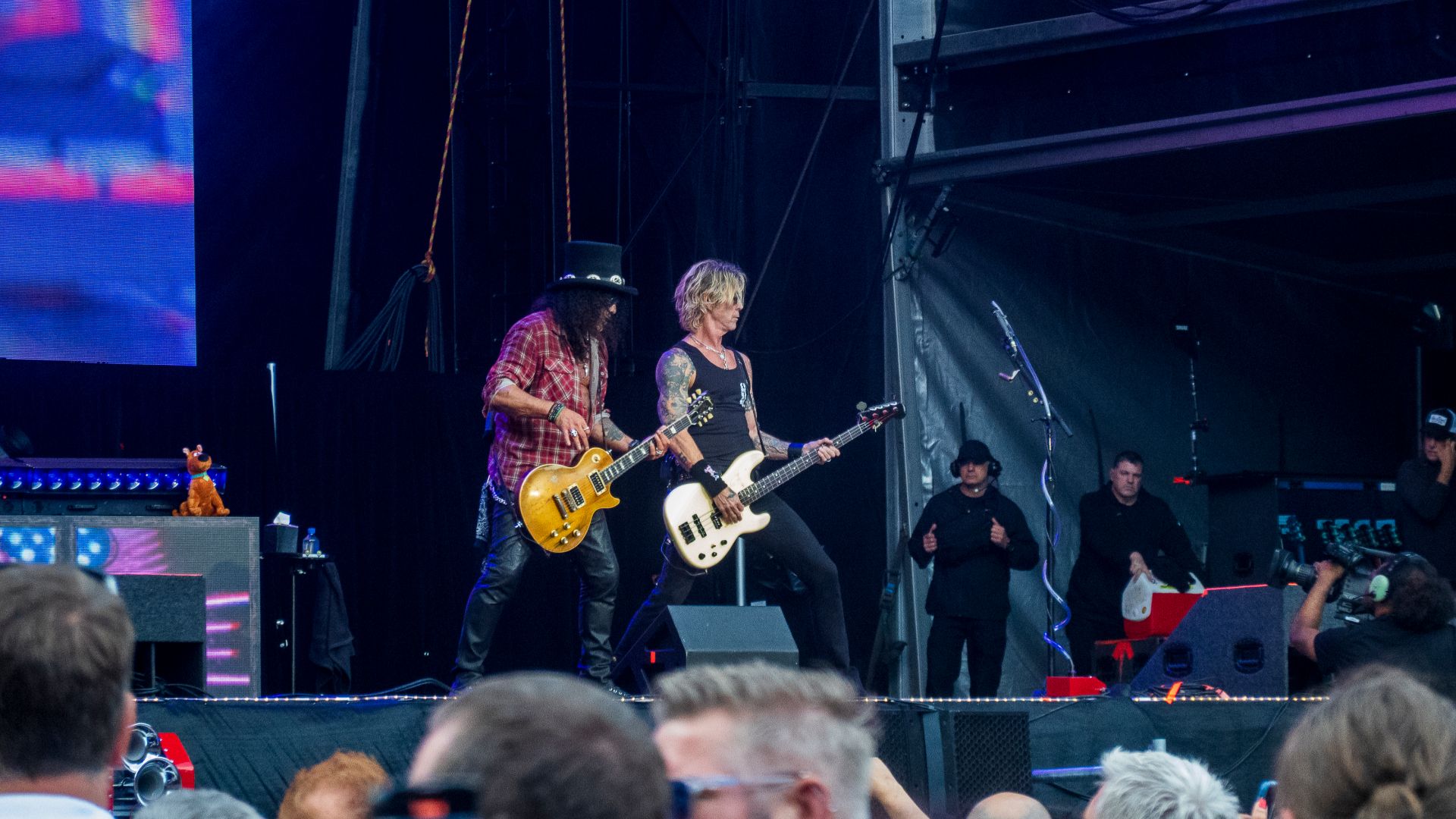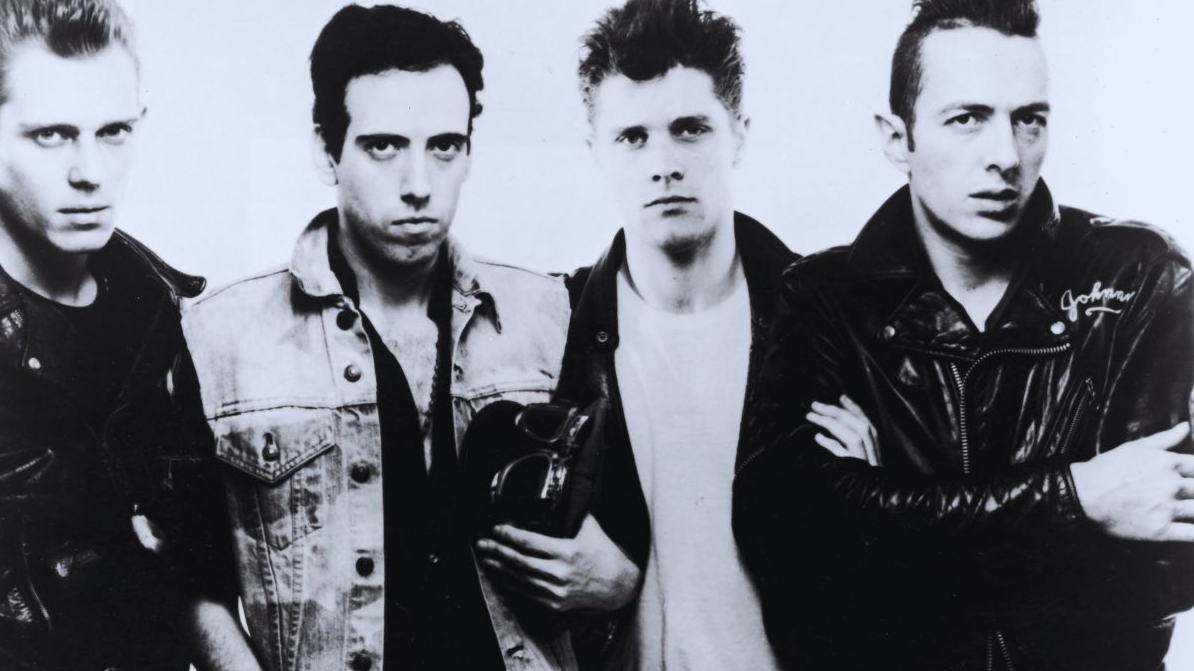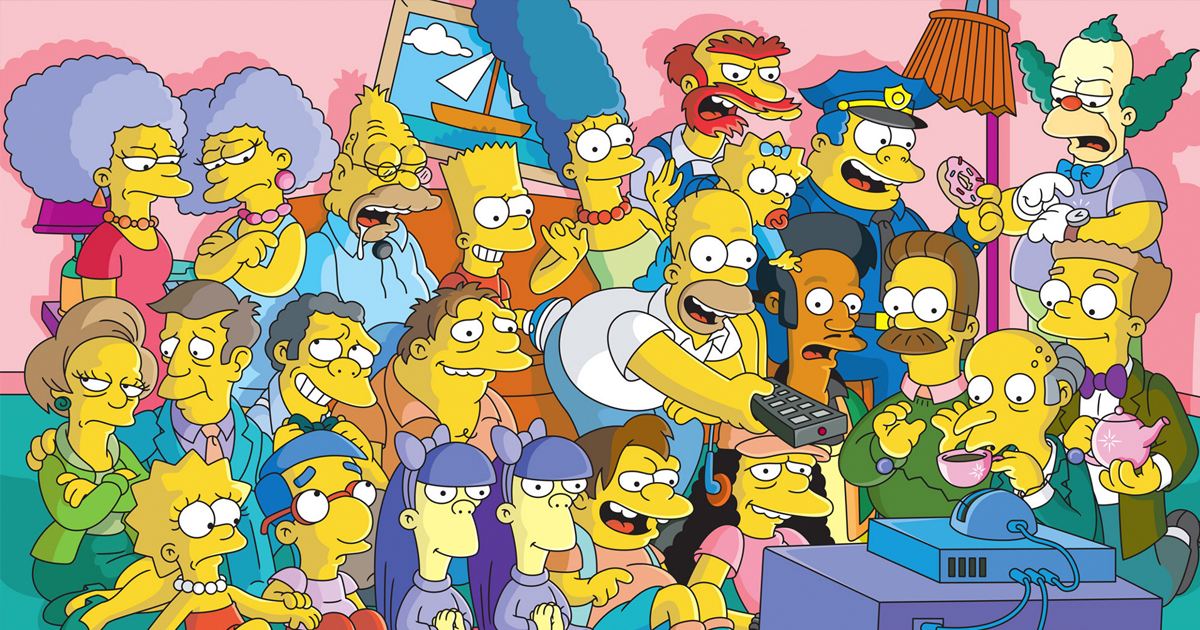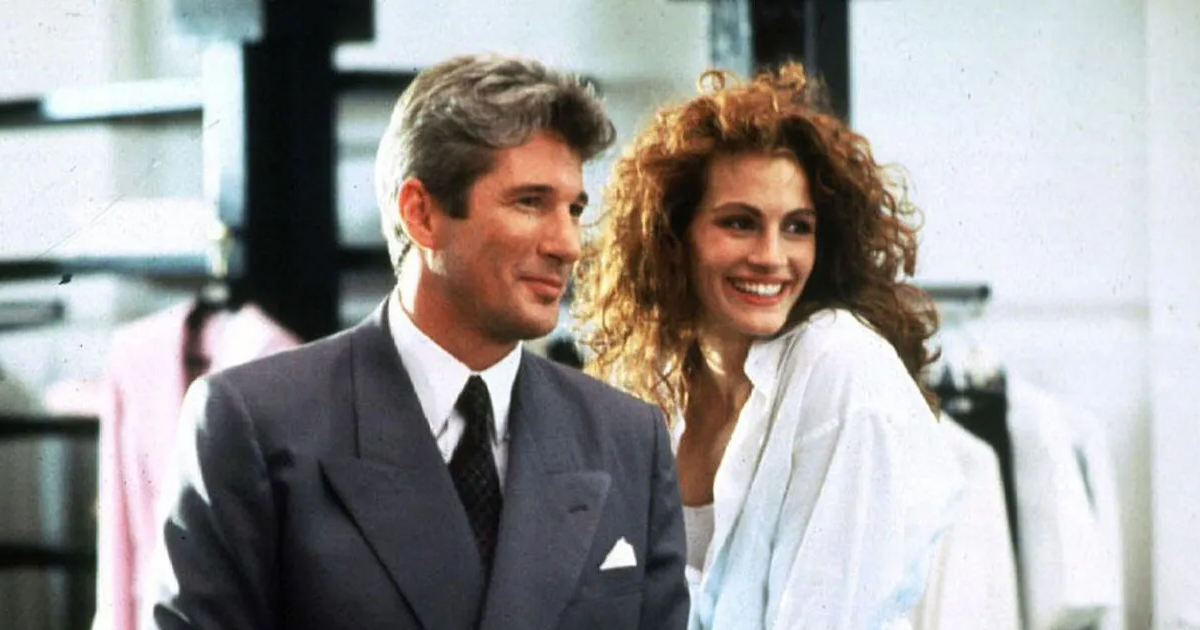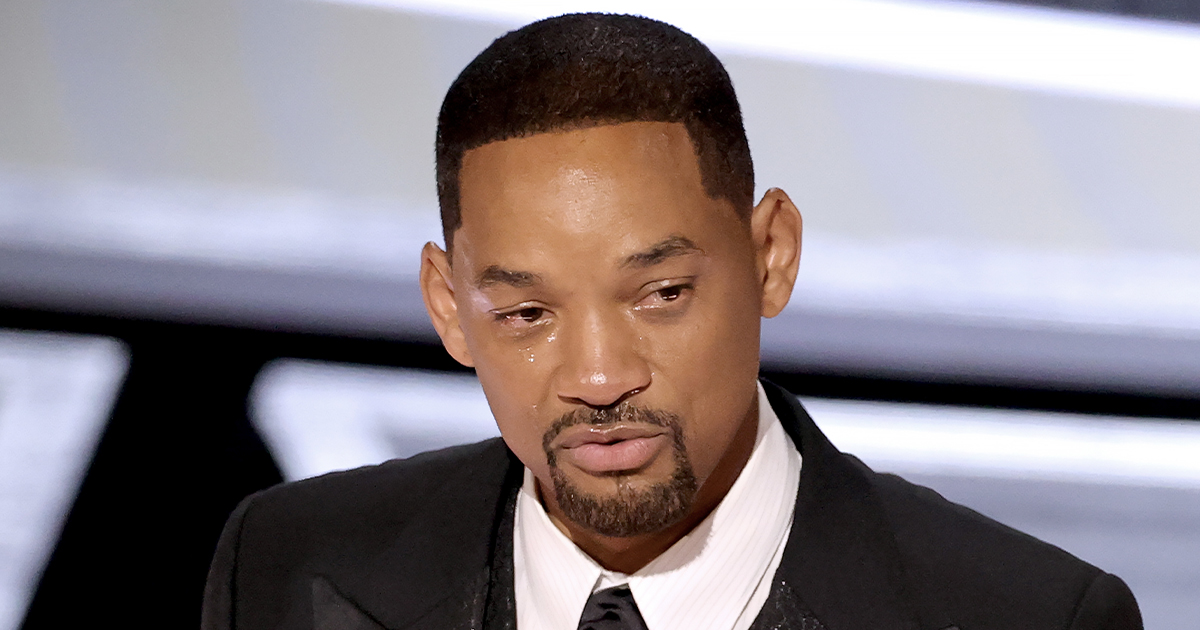When Tour Buses Double As Courtrooms
Some bands split like civilized adults over chamomile tea. Others detonate so spectacularly that the ash cloud blots out their own discography. Here are 21 meltdowns—spiked with egos, lawyers, lovers, and “creative differences”—where the breakup lore became part of the brand.
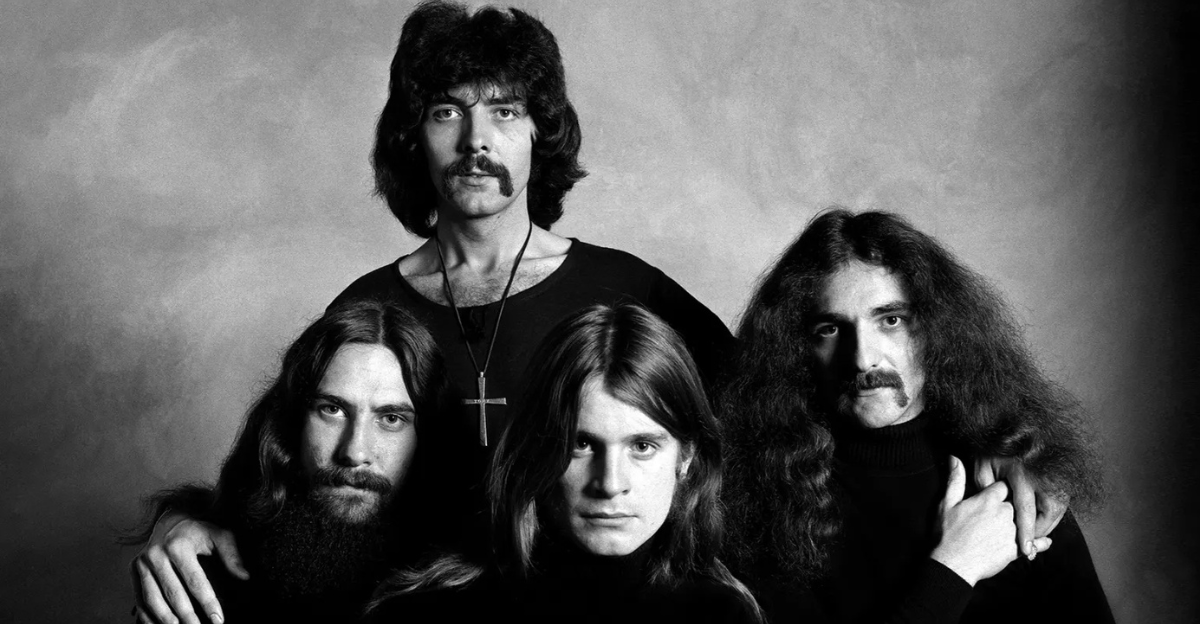
The Beatles
The modern template. Power struggles after Brian Epstein’s passing, a manager standoff, and a final straw over strings on “The Long And Winding Road” turned four geniuses into four litigants. The moral isn’t “don’t get famous”. It’s that no mortal can stay the Beatles forever.
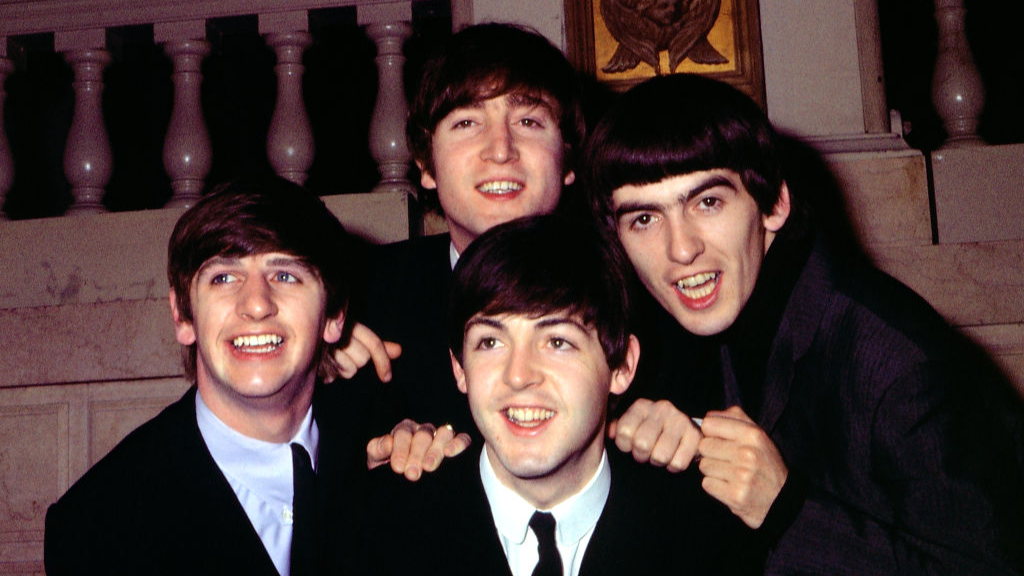 Michael Ochs Archives, Getty Images
Michael Ochs Archives, Getty Images
Oasis
The Gallagher Brothers’ band was stadium-scale rock wrapped around a family roast. Cancelled gigs, a smashed guitar, and a Paris backstage blowup ended it—like a soap opera finale with better hooks. Rock’s defining question remains: which reunion rumor is just poking fun, and which is leading to something real.
Fleetwood Mac
Romances combusted, lawsuits flew, and yet they harmonized through gritted teeth like it was cardio. By the time a MusiCares speech allegedly earned a “smirk,” longtime tensions snapped and a firing followed. The twist—everybody was right, everyone was wrong, and the songs outlived the storm.
N.W.A
Royalties, management, and pride lit the fuse; diss tracks provided the fireworks. Ice Cube’s scorched-earth solo response made the breakup part of the canon. The aftershocks—solo empires, film mythologizing—prove the group’s implosion didn’t end the story; it franchised it.
The Fugees
Love, secrecy, and competing narratives turned a miracle trio into a fragile memory. Affairs overlapped with art until trust evaporated, and even their rare reunions felt like balancing on glass. The legacy is bittersweet—three singular voices, one breakup that sings as loudly as their hits.
The Police
Three monsters of musicianship, one benign dictatorship. Sting’s control over songwriting collided with Copeland and Summers’ ambitions until the stadium-sized machine sputtered. Synchronicity sold the world; the breakup sold the myth. Nothing cemented their legend like saying “enough”.
 Distributed by A&M Records, Wikimedia Commons
Distributed by A&M Records, Wikimedia Commons
Pink Floyd
“By Roger Waters—performed by Pink Floyd”. That credit line said it all. With Wright gone and Gilmour sidelined, the center could not hold. Lawsuits followed, as did dueling tours and dueling pigs—because even the inflatables got shared custody.
Guns N’ Roses
After the Illusion tour, a new album became a fight over sound and personnel. Axl’s handpicked guitarist enraged Slash; sessions curdled into silence. The band exploded into separate timelines—one called Chinese Democracy, one called “see you in 2016”—proving rebirth can be just as messy.
Talking Heads
David Byrne gradually became the whole syllabus while the others were stuck auditing. Side projects, a 1996 tour as The Heads, and a lawsuit from Byrne turned the coolest band on Earth into a cautionary tale. If your genius can’t send invites, it will eventually send affidavits.
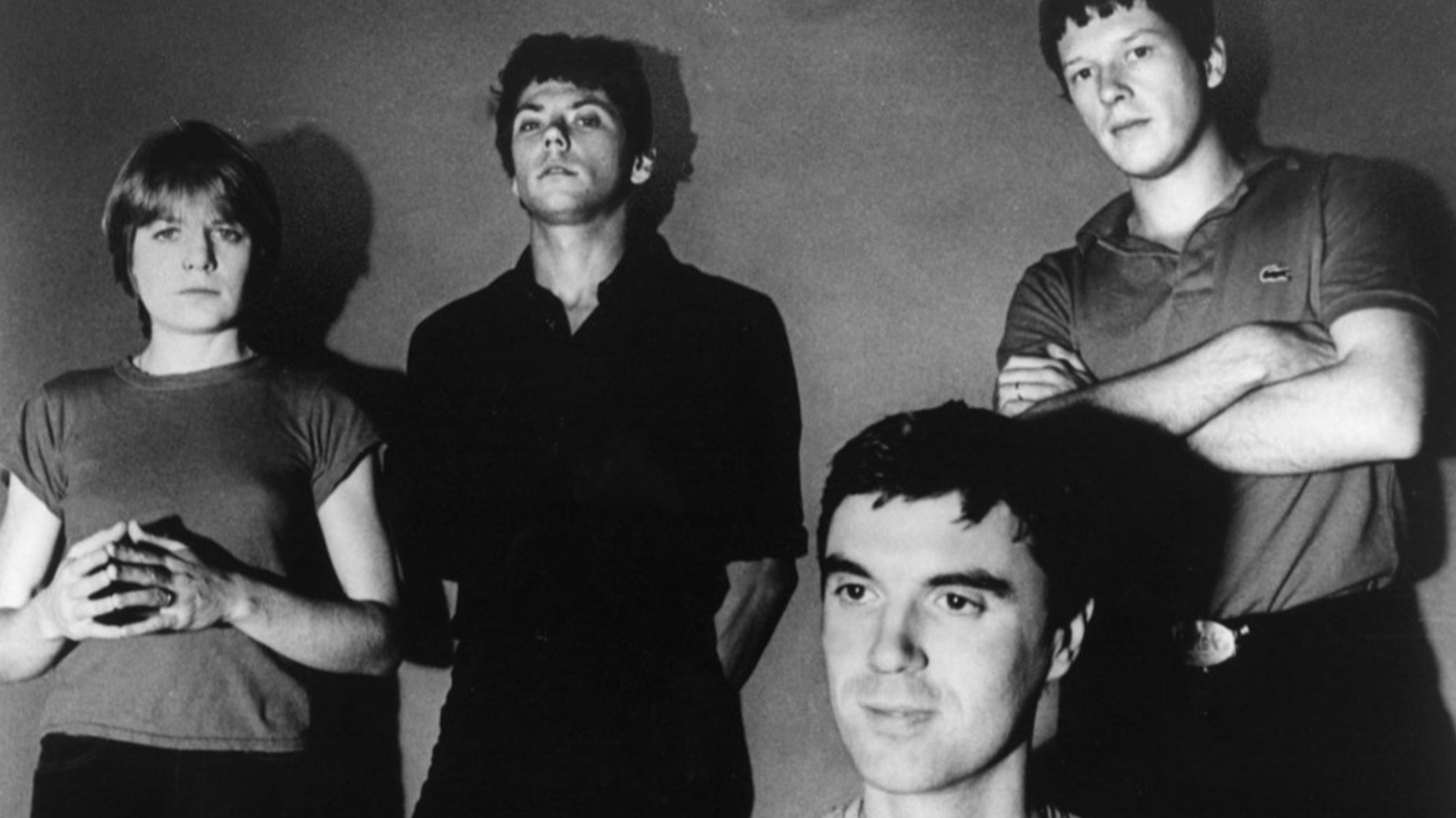 Distributed by Sire Records, Wikimedia Commons
Distributed by Sire Records, Wikimedia Commons
The Smiths
Five years, four classic LPs, endless drama. Morrissey and Marr’s chemistry wrote the book; a brutal royalties court case wrote the epilogue. They remain the ultimate “what if”—what if grudges had bridges, and what if perfection didn’t come with a timer.
 Paul Cox; Distributed by Sire Records, Wikimedia Commons
Paul Cox; Distributed by Sire Records, Wikimedia Commons
The Clash
Topper’s addiction, creative crosswinds, and stadium-pressure split the only band that mattered. Strummer wanted punk spine; Jones chased hip-hop horizons. Fire your co-architect and you get the blueprint for collapse—plus a final album that proved how vital the missing piece was.
The Beach Boys And Brian Wilson
Fifty years in, a gorgeous reunion gave way to press releases and parallel lineups. Family, money, and the right to the name bent a California dream back into litigation. Sunshine harmonies—paperwork thunderstorms. Rock’s happiest sound still echoes through the saddest boardrooms.
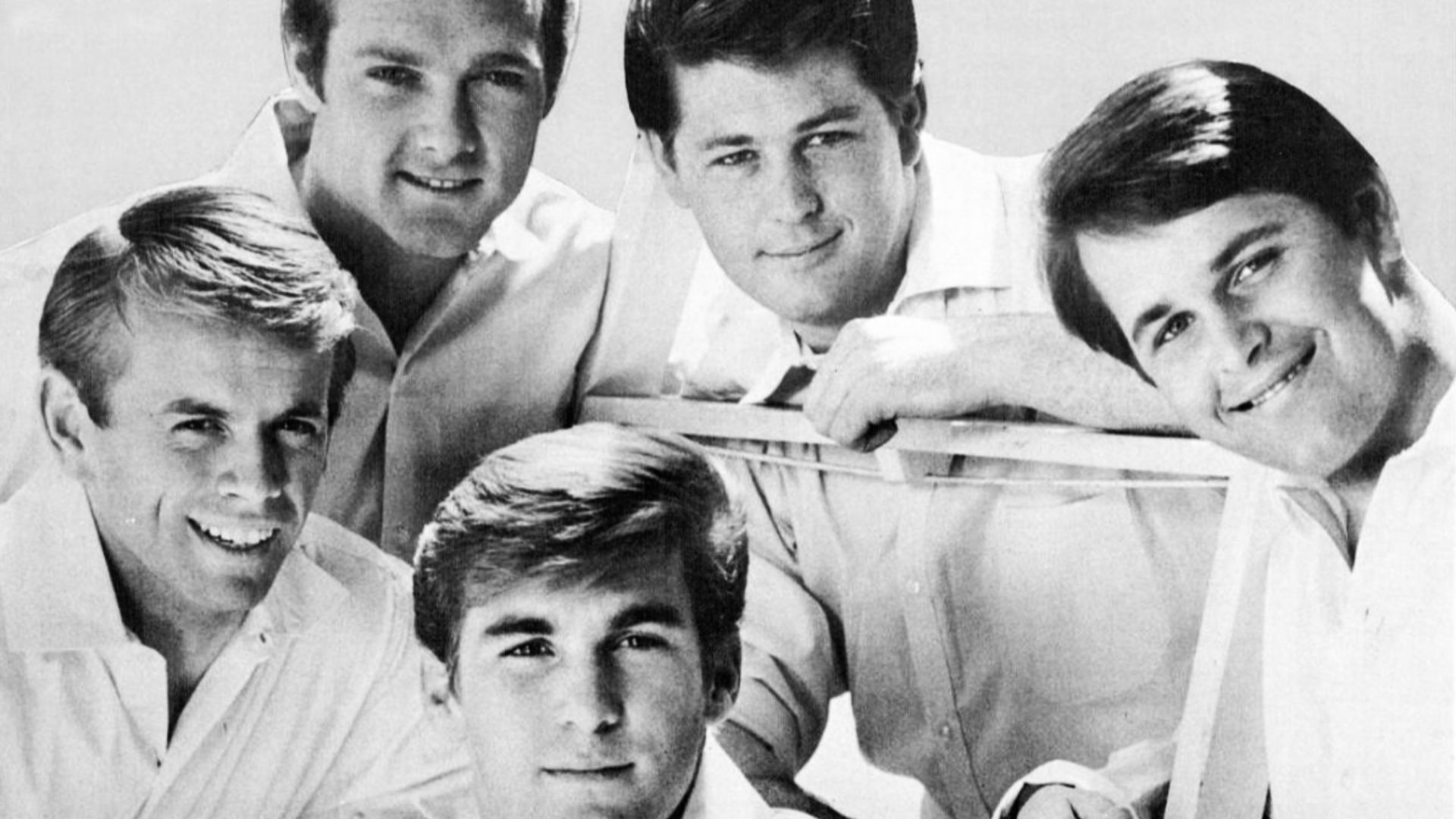 Capitol Records, Wikimedia Commons
Capitol Records, Wikimedia Commons
Simon & Garfunkel
Their voices married; their egos filed for separation. Movie roles, who-saved-whom narratives, and a health scare derailed their final tour—Garfunkel reportedly choked on lobster in 2010, damaging his vocal cords. Some accounts place it after a private show trip abroad, though details vary. They could sell out Central Park, but they couldn’t share a creative kitchen without a food fight.
 Eddie Mallin, Wikimedia Commons
Eddie Mallin, Wikimedia Commons
Blink-182
First a hiatus, then a near-fatal crash reunion, then scheduling purgatory. Pop-punk’s class clowns grew up into calendar apps and subtweets, swapping one guitarist for another mid-soap. The songs stayed juvenile; the breakup got very adult.
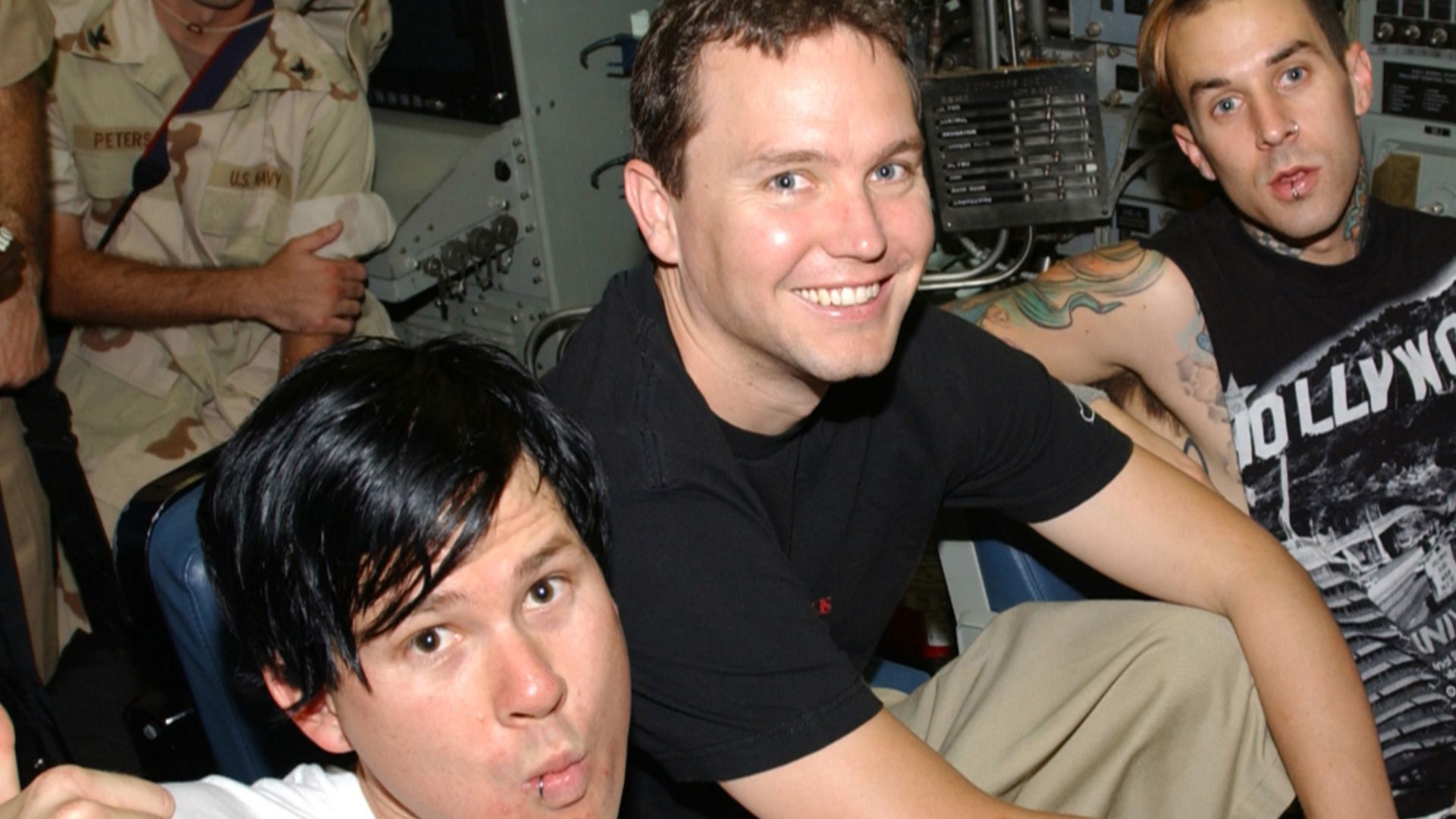 Journalist 2nd Class Denny Lester, Wikimedia Commons
Journalist 2nd Class Denny Lester, Wikimedia Commons
Van Halen
Roth wanted swagger; Eddie wanted synths—and, eventually, a different singer. The 1984 peak became the trapdoor; the split made “Panama” feel like a prologue. In this band, every lead singer era ends the same way—loudly, and with receipts.
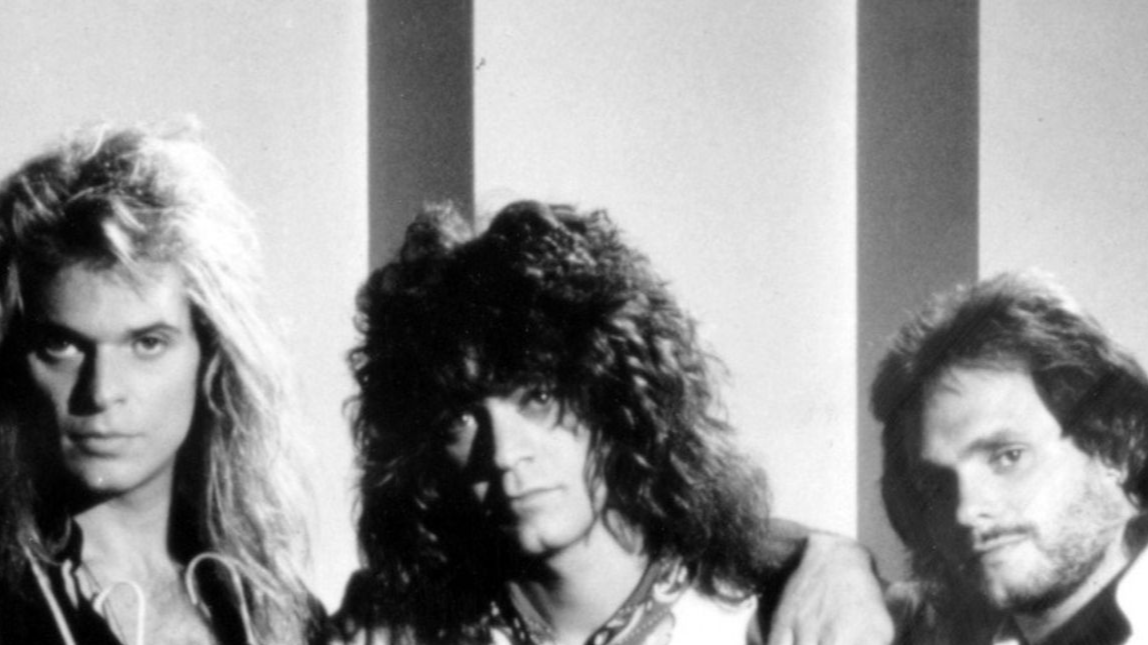 Warner Records, Wikimedia Commons
Warner Records, Wikimedia Commons
The Eagles
“Peaceful Easy Feeling,” hostile work environment. Onstage threats at a senator’s fundraiser capped years of power struggles. They later named a reunion after hell’s freezing point—proof they always knew the breakup brand had market value.
 Danny E. Martindale, Getty Images
Danny E. Martindale, Getty Images
Creedence Clearwater Revival
John Fogerty wrote it all; the others wanted a vote. The compromise album was a cautionary tale, and the band imploded anyway. Family ties couldn’t neutralize publishing math—sometimes the swamp’s fog is all business.
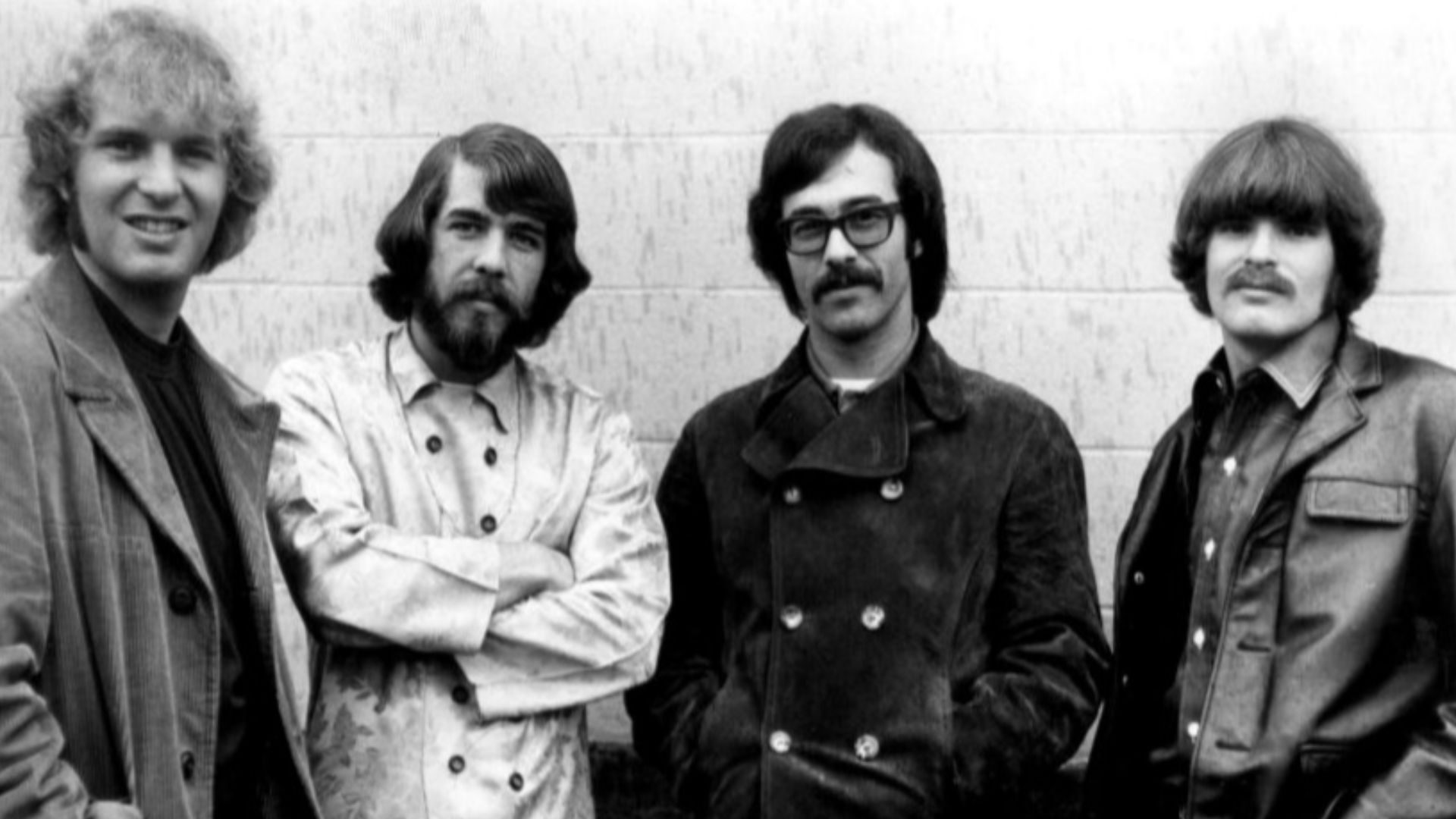 Fantasy Records, Wikimedia Commons
Fantasy Records, Wikimedia Commons
The Temptations
David Ruffin’s voice made the marquee; his ego tried to rename it, lateness, and a push to become “David Ruffin and the Temptations” ended with a firing and stage-crashing cameos. The Motown machine rolled on while the legend—how a Temptation got tempted—became part of the lore.
 Bernie Ilson, Inc., Wikimedia Commons
Bernie Ilson, Inc., Wikimedia Commons
Black Sabbath
Everyone was “f—ked up,” but only one guy got fired. Post-Ozzy, the band reinvented itself while he became a solo empire. There’s a weird justice to it all—Sabbath kept the name; Ozzy kept the narrative.
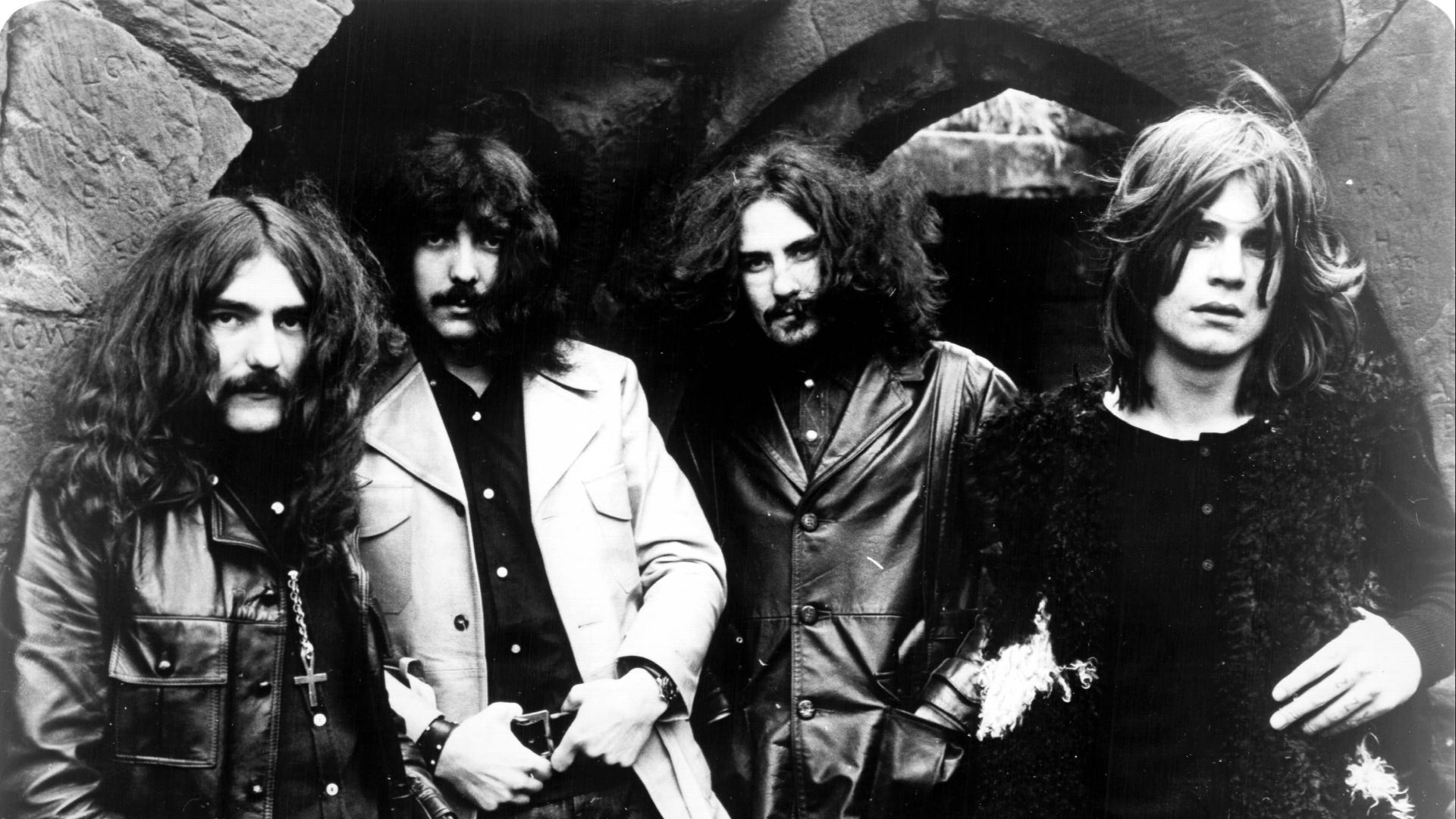 Warner Bros. Records, Wikimedia Commons
Warner Bros. Records, Wikimedia Commons
Sonic Youth
A marriage powered the art until a phone and a laptop powered the end. After decades of noisy bliss, real-life feedback took the band down. The breakup hurt because the music always felt like trust—suddenly, it sounded like a diary entry.
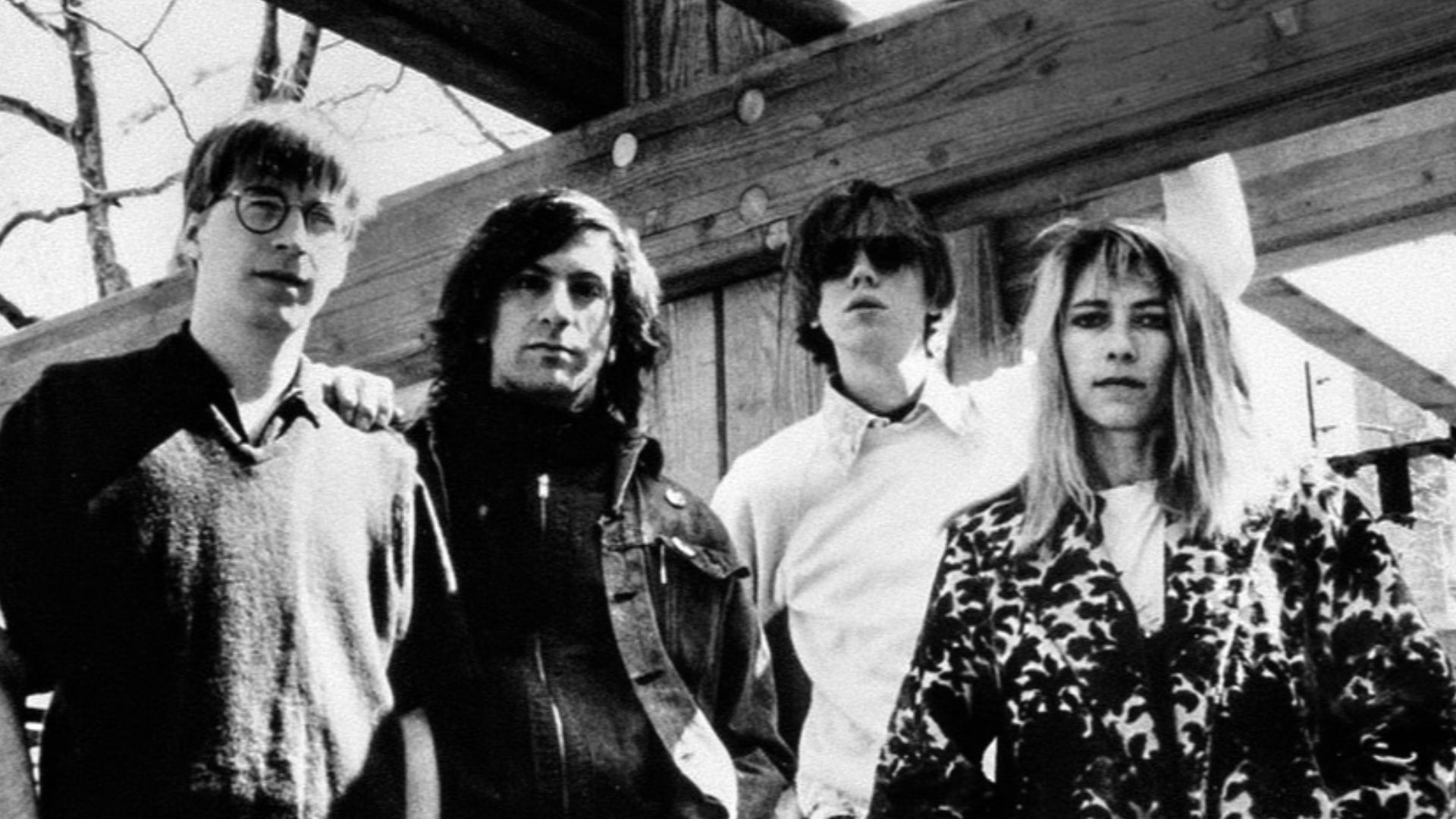 Photograph by Monica Dee. Distributed by SST Records., Wikimedia Commons
Photograph by Monica Dee. Distributed by SST Records., Wikimedia Commons
The Everly Brothers
Brothers in harmony, rivals in everything else. A booze-fogged final show, a shattered guitar, and a decade of silence turned the pioneers of sibling pop into the original “we’re not speaking” act. Their breakup became the dark harmony beneath every reunion.
You May Also Like:
Songs That Completely Defined Political Movements
Source: 1

